Introduction
Finding skilled healthcare staff is a persistent challenge in Australia's healthcare industry. The shortage of qualified professionals, coupled with the increasing demand for healthcare services, has created a staffing puzzle that needs to be solved. In this article, we will explore the various factors contributing to this issue and discuss potential solutions to address the frustration of finding skilled healthcare staff in Australia.
The Growing Demand for Healthcare Services
The first factor contributing to the staffing puzzle is the growing demand for healthcare services in Australia. The country's ageing population, coupled with advancements in medical technology, has led to an increased need for healthcare professionals across various specialties. From doctors and nurses to allied health professionals, the demand for skilled staff is on the rise.
The Impact of Rural Communities
Rural communities in Australia face unique challenges when it comes to healthcare staffing. The geographical remoteness, limited resources, and lack of incentives make it difficult to attract and retain healthcare professionals in these areas. As a result, rural communities often experience significant shortages of skilled staff, leading to inadequate healthcare services for residents.
The Role of Training and Education
Training and education play a crucial role in addressing the staffing puzzle. Investing in the education and development of healthcare professionals is essential to ensure a steady supply of skilled staff. This includes providing comprehensive training programs, offering incentives for students to pursue healthcare careers, and fostering partnerships between educational institutions and healthcare facilities.
The Importance of Workforce Planning
Effective workforce planning is key to addressing the staffing puzzle. Healthcare organisations need to anticipate future staffing needs and develop strategies to attract, recruit, and retain skilled professionals. This includes conducting workforce assessments, implementing retention programs, and providing opportunities for career advancement and professional development.
Utilising Technology and Innovation
Technology and innovation can also play a significant role in solving the staffing puzzle. Adopting digital solutions, such as telehealth and remote monitoring, can help bridge the gap in healthcare access and improve efficiency in service delivery. Additionally, leveraging data analytics and artificial intelligence can facilitate workforce planning and optimise staffing allocation.
Collaboration and Partnerships
Collaboration and partnerships between healthcare organisations, educational institutions, and government agencies are essential to address the staffing challenges. By working together, these stakeholders can develop comprehensive strategies, share resources, and implement initiatives that attract and retain skilled healthcare professionals. This includes offering competitive salaries, providing supportive work environments, and promoting a culture of continuous learning and development.
The Importance of Diversity and Inclusion
Diversity and inclusion are crucial in addressing the staffing puzzle. By promoting diversity in the healthcare workforce, organisations can tap into a broader pool of talent and perspectives. This includes actively recruiting individuals from diverse backgrounds, implementing inclusive policies and practices, and creating a supportive and inclusive work environment for all staff.
Retaining Skilled Staff
Retaining skilled staff is as important as attracting them. Healthcare organisations need to prioritise employee satisfaction, work-life balance, and professional growth opportunities. This includes providing competitive compensation and benefits, offering flexible work arrangements, and fostering a positive organisational culture that values and supports its staff.
Conclusion
Solving the staffing puzzle in Australia's healthcare industry requires a multi-faceted approach. By addressing the growing demand for healthcare services, investing in training and education, implementing effective workforce planning, leveraging technology and innovation, fostering collaboration and partnerships, promoting diversity and inclusion, and prioritising staff retention, the healthcare industry can overcome the challenges and ensure a skilled and sustainable workforce. By doing so, Australians can have access to high-quality healthcare services, regardless of their location or background.




